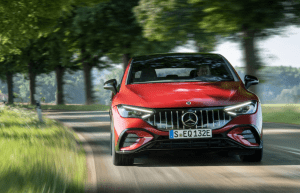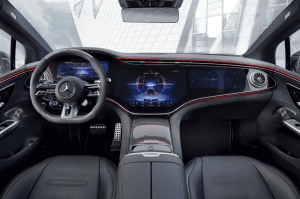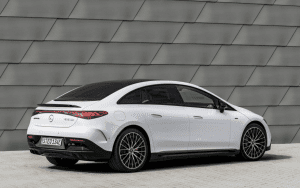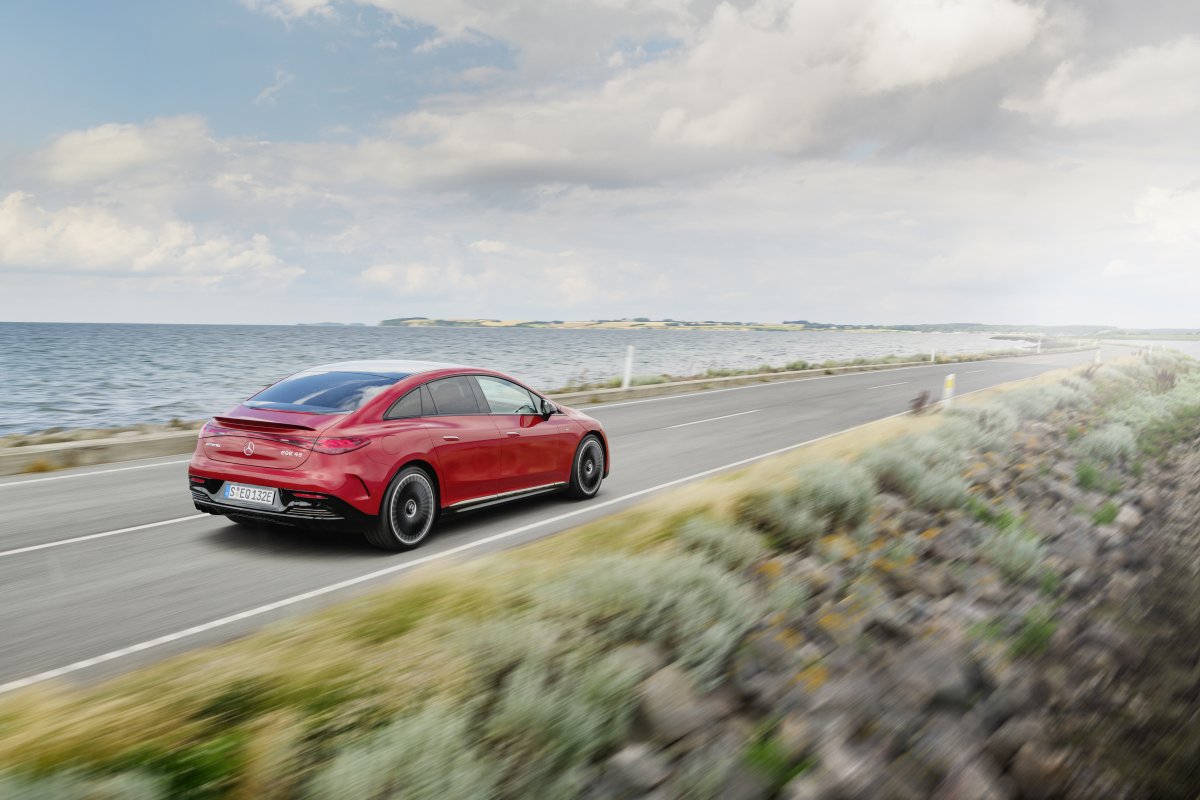[vc_row][vc_column][vc_column_text]The upcoming print issue of Bay Street Bull features an article about the ABCs of EVs, and if you’ve been following The Auto Philes here, you’ve already read about some of the hottest new electric vehicles you can buy (or coming soon) – but the list keeps expanding, and thankfully, so is Canada’s EV infrastructure.
A few years ago, after the Land Rover presentation by CEO Wolfgang Hoffmann at the Canadian International AutoShow, a group of journalists – including myself – were chatting with Hoffmann when one person asked him how we are expected to drive electric vehicles when it’s so hard to find a charging station in Canada. There wasn’t a simple answer at the time, but the good news is that’s changing quickly. As of 2021, the Canadian government has promised to build 50,000 EV charging stations across the country.
According to Natural Resources Canada, transportation accounts for approximately 25 percent of Canada’s greenhouse gas emissions (GHG), of which almost half comes from passenger cars and light trucks. In 2019, Statistics Canada recorded the largest number of vehicle registrations to date, a total of 35.7 million, of which almost 23.5 million were vehicles weighing less than 4,500 kg (passenger cars, light trucks and vans).
In 2016, Quebec was the first Canadian province to implement a policy inspired by California’s Zero Emission Vehicle (ZEV) mandate, which was first developed in 1990. However, it didn’t come into full effect until 2005, after meeting considerable pushback from politicians and auto industry stakeholders. Canada took a couple of decades to catch up with California, but we’ve begun rolling out programs in recent years to help incentivize a more rapid evolution.
RELATED: The Auto Philes: The Future According to Ford
During the first year of Canada’s new federal rebate program, ZEV registrations skyrocketed across the country. Since then, EV registrations have continued to grow, despite declining new vehicle registrations in 2021 (likely due to work-from-home mandates).
Although Canada’s ZEV numbers are climbing, figures still suggest that at this rate, we won’t reach even 10 percent of registered vehicles in time to make a lasting change. If we’re planning to meet Canada’s climate targets, the mark should have been met already. By some estimates, even if ZEV sales targets are met by 2030, they won’t total even 50 percent of registered vehicles until sometime around 2050. What the world will look like at that point is anyone’s guess, but debating climate change certainly won’t change the reality of what’s to come.
The tide is turning, but will the change we need come fast enough? One company is already aware of the increased need for speed and plans to deliver with their next electric vehicle.
While Mercedes-Benz is included in Bay Street Bull’s “ABCs of EVs” print feature, we had to save a special space for news that will make most luxury-car lovers – especially the EV curious – salivate: the Mercedes-AMG EQE is expected to arrive in Canada by the end of this year, with a choice of two models (43 4Matic and 53 4Matic+), both equipped with all-wheel drive. The top-level, provided with the optional AMG Dynamic Plus package delivers 677 hp via two electric motors, reaching 100 km/h from a standstill in 3.3 seconds (with at least 70 percent charge). The lithium-ion battery can store up to 90.6 kWh, with DC fast-charging capability of up to 170 kW.


An “Electric Intelligence” system preheats or cools the battery to achieve optimal charging times. Charging also can be programmed to pause during peak-rate electricity hours. Recuperation levels are also customizable, meaning you can optimize the amount of energy recovered during braking. The “fully variable” AWD feature means torque levels at the front and rear axles are individually monitored 160 times per second to ensure optimal handling and power delivery.




As for how Canada’s EV craze will continue to develop and whether or not consumers believe the new incentives are worth the investment, you’ll just have to tune into next month’s Auto Philes and get your hands on the upcoming print issue of Bay Street Bull.
[yikes-mailchimp form=”1″ title=”1″ submit=”SUBSCRIBE”][/vc_column_text][/vc_column][/vc_row]













